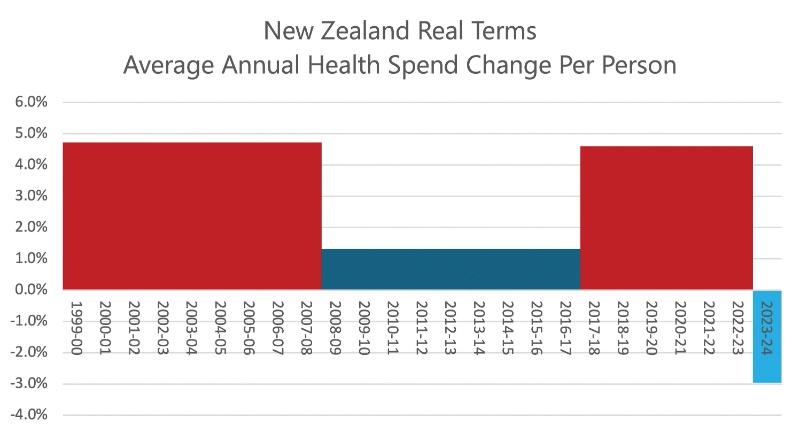Hi-Tech Trials Boost Research On Native Forest Carbon Stocks

Trials collecting data on forests using helicopter-mounted hi-tech 3D lasers are underway, which could have significant benefits for climate change mitigation and conservation.
“We need to make the most of the latest, most accurate and efficient tools for measuring forest carbon and forest health at a large scale,” Terry Greene, DOC Science Monitoring Advisor, says.
“Trees absorb carbon dioxide – a greenhouse gas – and store it as solid carbon in trunks, leaves, roots and branches. Therefore, knowing the size of the trees in our forests is crucial for our national carbon reporting and forest management.
“Traditionally, we’ve used manual instruments to measure tree heights. Now we have more sophisticated measuring technology, such as remote sensing, at our disposal.
“However, we need to do rigorous testing and ground-truthing to ensure the new technology is giving us accurate data on the size of trees.”
Remote sensing is the science of obtaining information about objects or areas from a distance, typically from satellites, aircraft or drones. For this research, laser technology (known as LiDAR) from helicopters and light planes is used to produce high definition, 3D images of a landscape including the vegetation.
DOC has contracted Manaaki Whenua – Landcare Research scientists to do the trials. Manaaki Whenua recently established a one-hectare indigenous forest field test site in Waitutu Forest, Fiordland, working with Waitutu Incorporation and Interpine Innovation (a Rotorua-based forestry service).

A second test site is currently being established in the Coromandel, and Manaaki Whenua will set up six more test sites across Aotearoa over the next two years.
James Shepherd, lead researcher and Manaaki Whenua senior scientist, says joining up remotely sensed data and ground measurements is a challenge, especially in Aotearoa given the range of terrain, ecosystem types and tree species.
“For all the test sites, on-the-ground teams will use LiDAR technology to obtain data across the forest floor, while either a helicopter or a fixed wing plane collects LiDAR data from above the same area.
“Data from the ground and the air is stitched together creating digital images of the forest structure. It also provides positions of individual trees with a high degree of accuracy.
“As a follow up, to test the effectiveness of the technology and collect valuable ground-based data, field teams will return to the forest and measure and identify all the trees within the plot.”
This research will also help Manaaki Whenua produce maps to help researchers, landowners and businesses with the management of carbon storage and emissions in native ecosystems.
Terry Greene says the research and data produced will mean any future remote sensing methods – not just LiDAR – can be ground-truthed at these sites.
“Our goal is also to improve our interpretation and understanding of remote sensing of forest structure and composition information – whether obtained by satellite or aerial photographs.”
The remote sensing trials on public conservation land are funded by DOC’s Maximising Carbon in Native Systems programme and are complemented by related remote sensing trials being undertaken by the Ministry for Primary Industries’ Maximising Forest Carbon programme.


 Gordon Campbell: On The Americanising Of NZ’s Public Health System
Gordon Campbell: On The Americanising Of NZ’s Public Health System NZ Government: Unlocking Data To Increase Competition And Choice
NZ Government: Unlocking Data To Increase Competition And Choice Lawyers for Climate Action: National MP’s Bill Raises Environmental And Constitutional Concerns
Lawyers for Climate Action: National MP’s Bill Raises Environmental And Constitutional Concerns LGNZ: Strong Community Voice Vital For RMA Reforms
LGNZ: Strong Community Voice Vital For RMA Reforms NZ Police: Gang Conflict Warrant Issued Following Tairāwhiti Gang Tensions
NZ Police: Gang Conflict Warrant Issued Following Tairāwhiti Gang Tensions Green Party: Greens Question Govt Commitment To Environmental Protection With RMA Reform
Green Party: Greens Question Govt Commitment To Environmental Protection With RMA Reform Water Safety NZ: Children Need Us To Protect Them Around Water
Water Safety NZ: Children Need Us To Protect Them Around Water 


